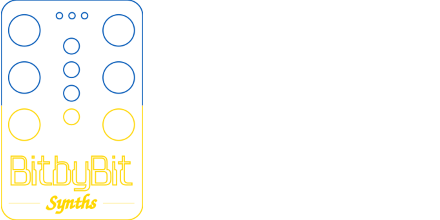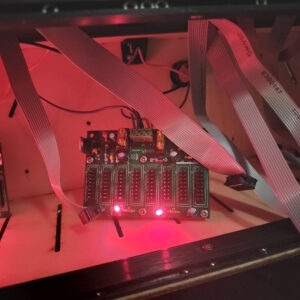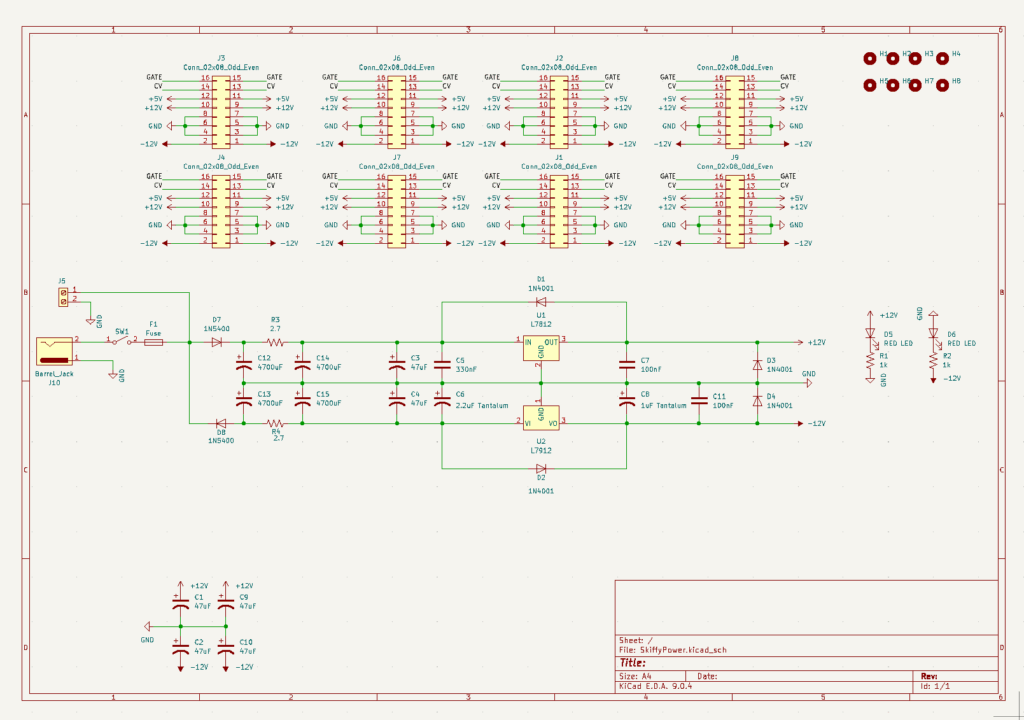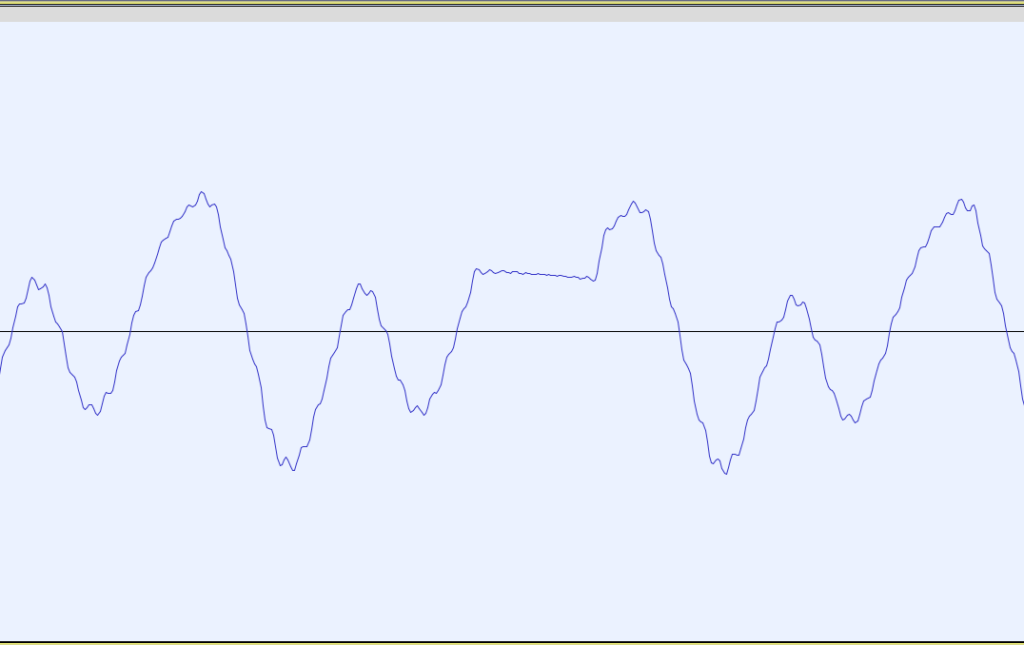0.63 is now available!
For this version I spent a good deal of time improving the pitch tracking, particularly for the Sampler. There can still be issues when using samples with a higher sampling rate but it is still much improved. Also added is an ability to save metadata of samples as well as a new note-transpose in the sample edit menu. The transpose feature is actually part of the core WaveBoy pitch tracking such that other modules will soon have this option as well. There were some bugs squashed as well, notably when using the Delay where sometimes it wouldn’t actually delay immediately.
While trying to improve the pitch tracking, I started going down the route of looking to see if using DMA operations can offer improvements. One thing I don’t like is the detune feature in Wave mode can sometimes be inconsistent. It does seem improved, although I decided to save this for 0.64 as implementing DMA for all modes will require some refactoring and will result in a somewhat large change. It also has limits at the higher pitches and, I think, this is because detune needs to update both DAC channels in very rapid succession and I think it’s pushing the limits of the update-rate of the DAC. It’s not so much the total throughput, it’s the timing.
Fixing that will require a hardware change, which at present is not an option, though if a compatible ItsyBitsy module comes out that offers a faster DAC, we will evaluate it. Otherwise it may be a hardware change for the WaveBoy Advance we occasionally tease. That, itself, will be after another project we haven’t said too much about, the Turbowave ’88. We have been asked if there will ever be a multi-channel version of the WaveBoy, and the TW ’88 is what I came up with. We’ll have more on that at some point though we still have numerous features to get to with the current version of WaveBoy and that is still our focus! Also before we look at WaveBoy Advance, we might look at a WaveBoy Micro. The WBM will require fewer changes and is really a performance-oriented option in a smaller HP but without an OLED screen.
And while teasing things, we are still working on our internal Eurorack power solutions and our take on a balance line to/from Eurorack solution too! Lots to keep an eye out for.
But for now, enjoy the new firmware and Happy Synthing!
– Tim





